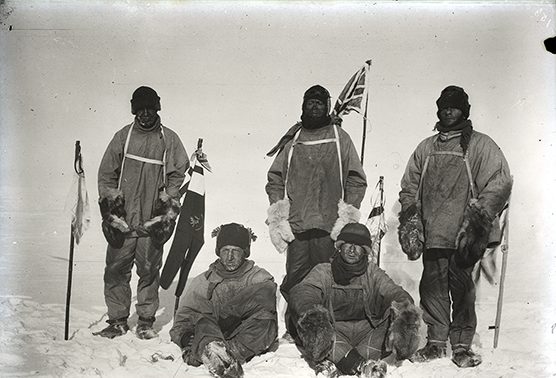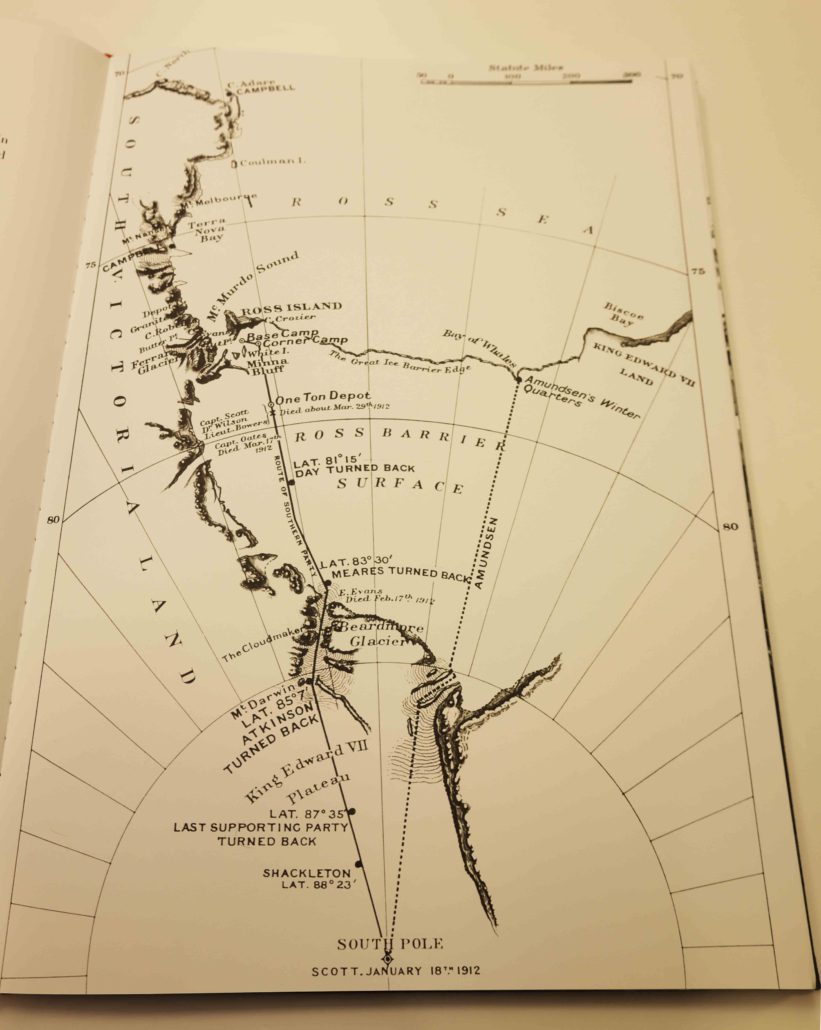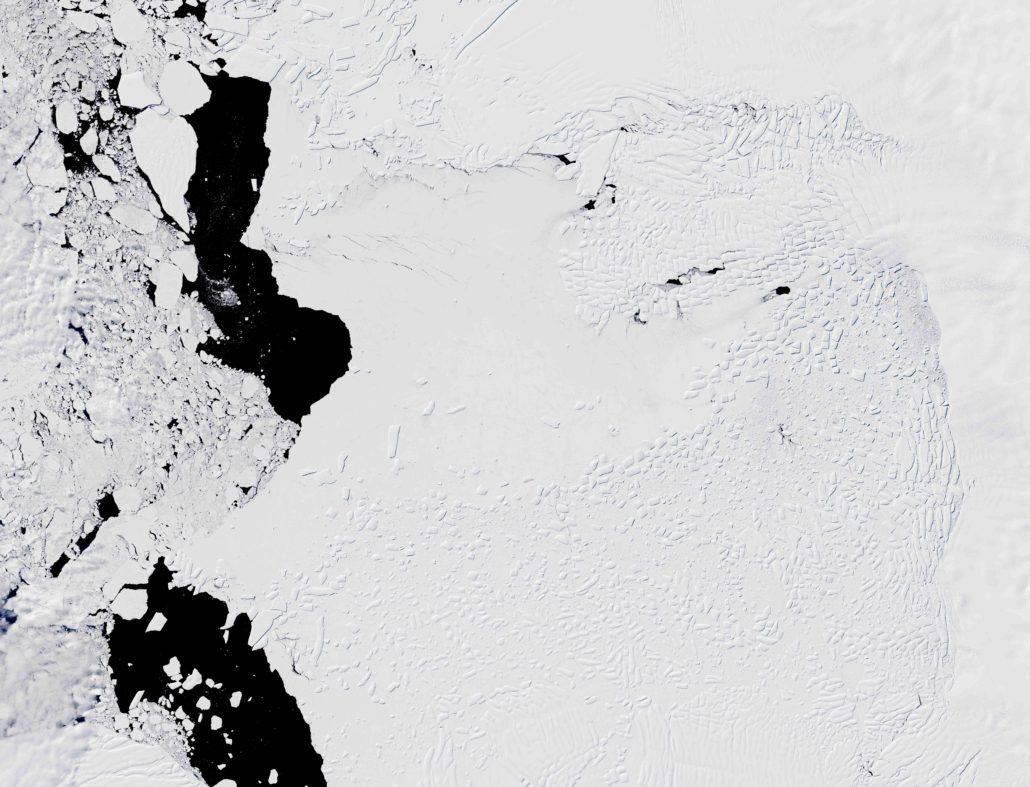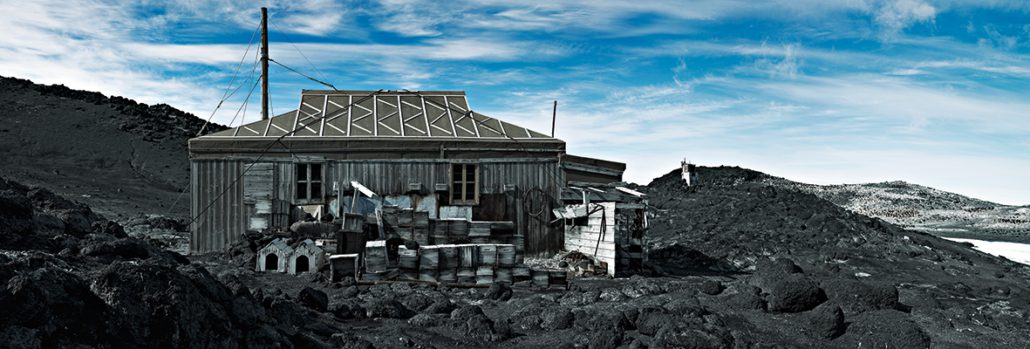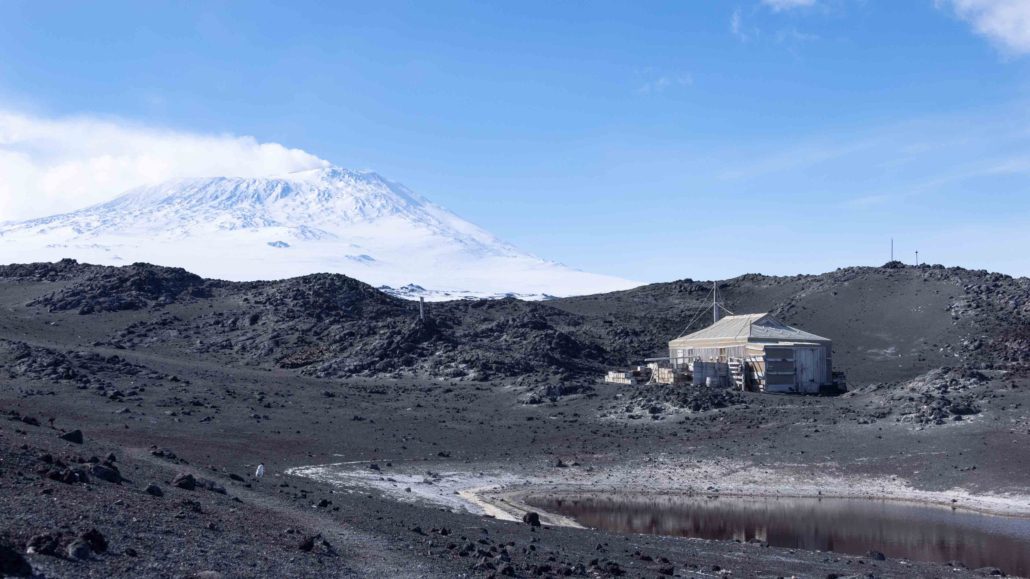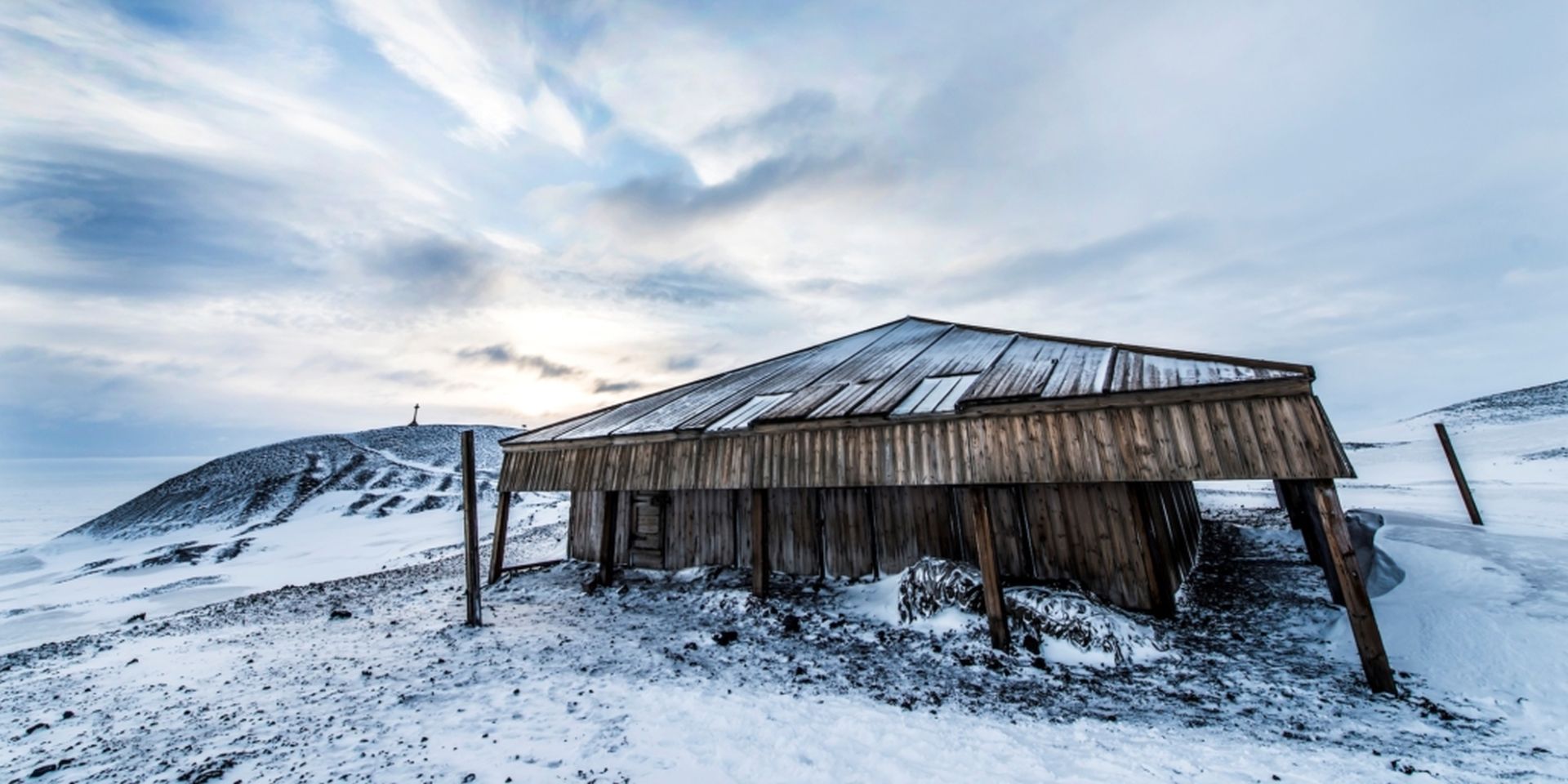Hosted by Trust Emeritus Executive Director, Nigel Watson, this interview engages distinguished climate scientist George Denton in a conversation about the remarkable scientific legacy left behind by early polar explorers like Scott and Shackleton. Discover how the pioneering data they recorded continues to inform climate science and shed light on the intricate relationship between Antarctica and climate change.
This enlightening conversation brings together history, science, and exploration to provide invaluable insights into our planet’s future.
We invite you to immerse yourself in this conversation and delve into the rich tapestry of history, science, and exploration that George Denton embodies.




